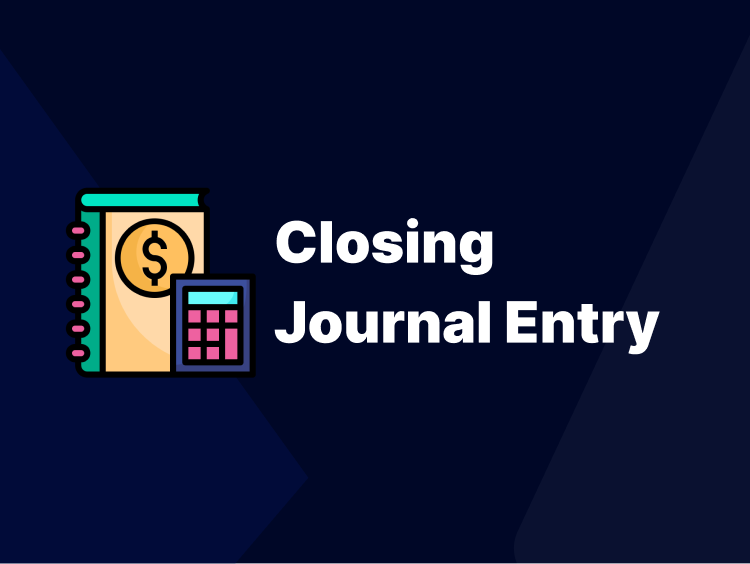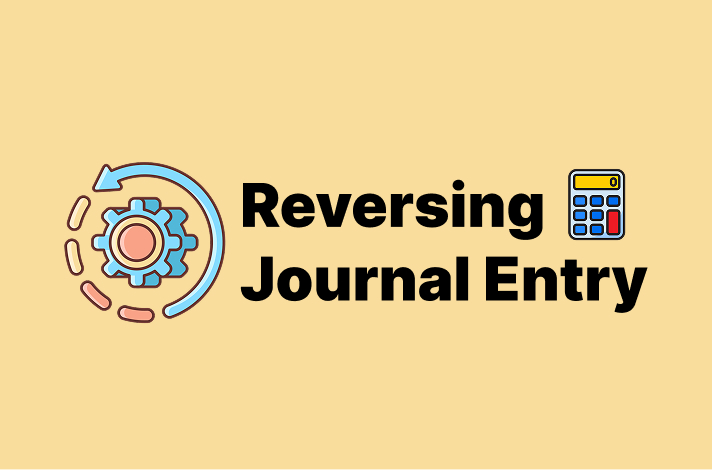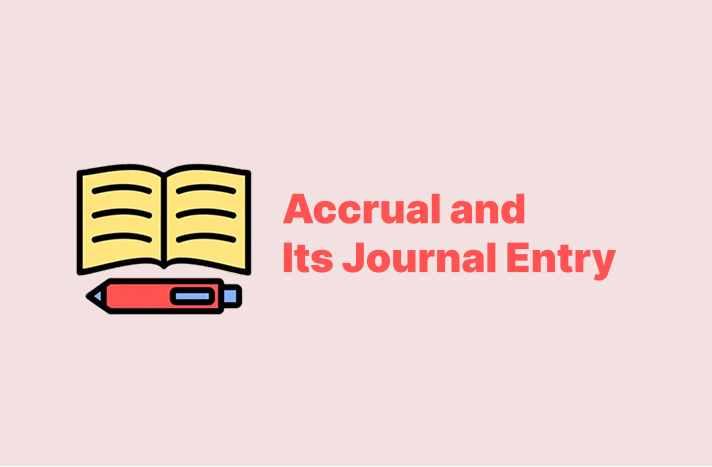The closing journal entry is necessary to reset accounts at the end of a period. It clears temporary accounts like revenues and expenses and it ensures accurate financial records moving forward.
In this tutorial you will learn how to create closing journal entry and how it works. Also you will see real examples.
Let’s get started with the main definition.
What is a Closing Journal Entry?
A closing journal entry resets temporary accounts at the end of an accounting period. It clears many elemens such as revenues, expenses, and dividends.
These accounts are transferred to permanent accounts like retained earnings. This ensures accurate records for the next period.
So Wrong balances carry over without the closing entry. It could lead to errors in financial reports.
The entry also prevents confusion by keeping temporary accounts clean and ready for the next cycle. This step is imprtant to maintain clear and accurate financial statements.
Let’s move on to the following section to take a look at types of closing journal entries.
Types of Closing Journal Entries
There are four main types of closing journal entries used to close out temporary accounts at the end of an accounting period:
- Closing revenue accounts
- Closing expense accounts
- Closing income summary
- Closing dividends
Here is each one in-depth:
Closing Revenue Accounts
Revenue accounts are closed to ensure that the income earned during the period doesn’t carry over into the next.
This is done by transferring the balance from the revenue accounts to the income summary account.
For example, if a company earned $10,000 in sales revenue, the journal entry would be to debit the revenue account and credit the income summary account to transfer the revenue.
Here are what we do:
- Sales revenue appears as a debit to close out the revenue account.
- Income summary should be credited to transfer the revenue balance.
They will appear as shown in the following table:
| Debit | Credit | |
| Sales revenue | 10,000 | |
| Income summary | 10,000 |
Closing Expense Accounts
Expense accounts are closed by transferring their balances to the Income Summary account.
This ensures that the expenses from the period don’t affect the next one. The balance is moved from the expense accounts to the income summary If a company incurred $5,000 in expenses.
Here are two points we will use in the ledger:
- Income summary will appear in debit field to absorb the total expenses.
- Rent expense and utilities expense are credited to close their balances.
They will appear as shown in the following table:
| Debit | Credit | |
| Income summary | 5,000 | |
| Rent expense | 2,000 | |
| Utilities expense | 3,000 |
Closing Income Summary
The account will show the net income or loss for the period after the revenue and expense balances are transferred to the income summary.
The balance in the income summary is then transferred to Retained Earnings. It is credited to Retained Earnings if there’s a net income; it is debited if there’s a loss.
- Income summary is debited to clear its balance.
- Retained earnings is credited to record the net income.
| Debit | Credit | |
| Income summary | 5,000 | |
| Retained earnings | 5,000 |
Closing Dividends
The dividends account is closed by transferring its balance to retained earnings if the company declared dividends during the period.
This ensures that the dividends are properly reflected in the company’s financial records.
Here are two points we will use in the ledger:
- Retained earnings appear in the debit field to reflect the reduction from dividends.
- Dividends is credited to close out the account.
They will appear as shown in the following table:
| Debit | Credit | |
| Retained earnings | 2,000 | |
| Dividends | 2,000 |
Anyway, in the following section you will understand the diffrence between closing entry and adjusting entry.
The Difference Between Closing Entries and Adjusting Entries
Closing entries and adjusting entries are both important in accounting. But they serve different purposes:
Closing entries reset temporary accounts such as (revenues, expenses, dividends) to zero at the end of an accounting period. They transfer balances to retained earnings to prepare for the next period.
While Adjusting Entries update revenues and expenses to match the correct accounting period before financial statements are prepared. They ensure accrual accounting accuracy but do not close accounts.
Here are key differences between them:
- Closing entries finalize accounts while adjusting entries correct them.
- Closing entries occur at period-end and adjusting entries happen before financial statements.
- Adjusting entries affect both temporary and permanent accounts. But closing entries impact temporary accounts.
Wrapping Up
Closing journal entries are used for accurate financial records. They reset temporary accounts like (revenues, expenses, and dividends). This ensures no incorrect balances carry over.
We’ve covered the four main types of closing journal entries such as: closing revenue, expense, income summary, and dividends accounts. Each type has an important role in preparing for the next period.
We also discussed the difference between closing entries, which reset temporary accounts at period-end, and adjusting entries, which update accounts before financial statements.
FAQ’s
What is a closing journal entry in accounting?
Why are closing journal entries important?
How do you create a closing journal entry?
What are the types of closing journal entries?
- Closing revenue accounts
- Closing expense accounts
- Closing income summary
- Closing dividends



